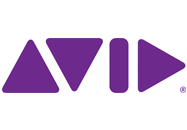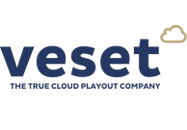Needless to say, content consumption, content production and technology today all progress at an extremely fast pace. In such an environment, it is no longer possible to think about media-centric workflows in a compartmentalized fashion and still maximize ROI. In our industry nowadays, interoperability and interconnectedness are the keys to designing the most efficient workflows possible. From CIS’s perspective, technological advancement should no longer be measured by revolutions in technology (the “what”), but rather the integrations of particular technologies (the “how”). The theory driving this mentality is one of optimization, where “how you do it” matters more than “what you do”, and this is the primary solution delivered by our consulting & design and integration services, especially when coupled with industry-leading products from the manufacturers we represent. Our team goes about workflow optimization with the intention of converting traditionally serialized (linear) workflows into parallel (collaborative/non-linear) workflows.
Usually our work comes in one of the following forms:
1. Re-purposing existing tools to extend the shelf life of your products
2. Adding products and/or services to your existing toolkit in addition to re-purposing those that can still be utilized
3. A complete overhaul in the case of a truly outdated installed base
Some examples of workflow enhancements that can arise from implementation of a collaborative workflow:
- Edit while ingest
- Integration across high-end audio, video and graphics solutions as opposed to an all-in-one type product
- Parallelize audio and video post
- Optimize color grading and visual effects
- Play while transfer
- Transcode while ingest
- Transcode while distributing
- Parking and retrieving/partial retrieving workflows
- More efficient review and approval processes
- Outgesting from parked content















